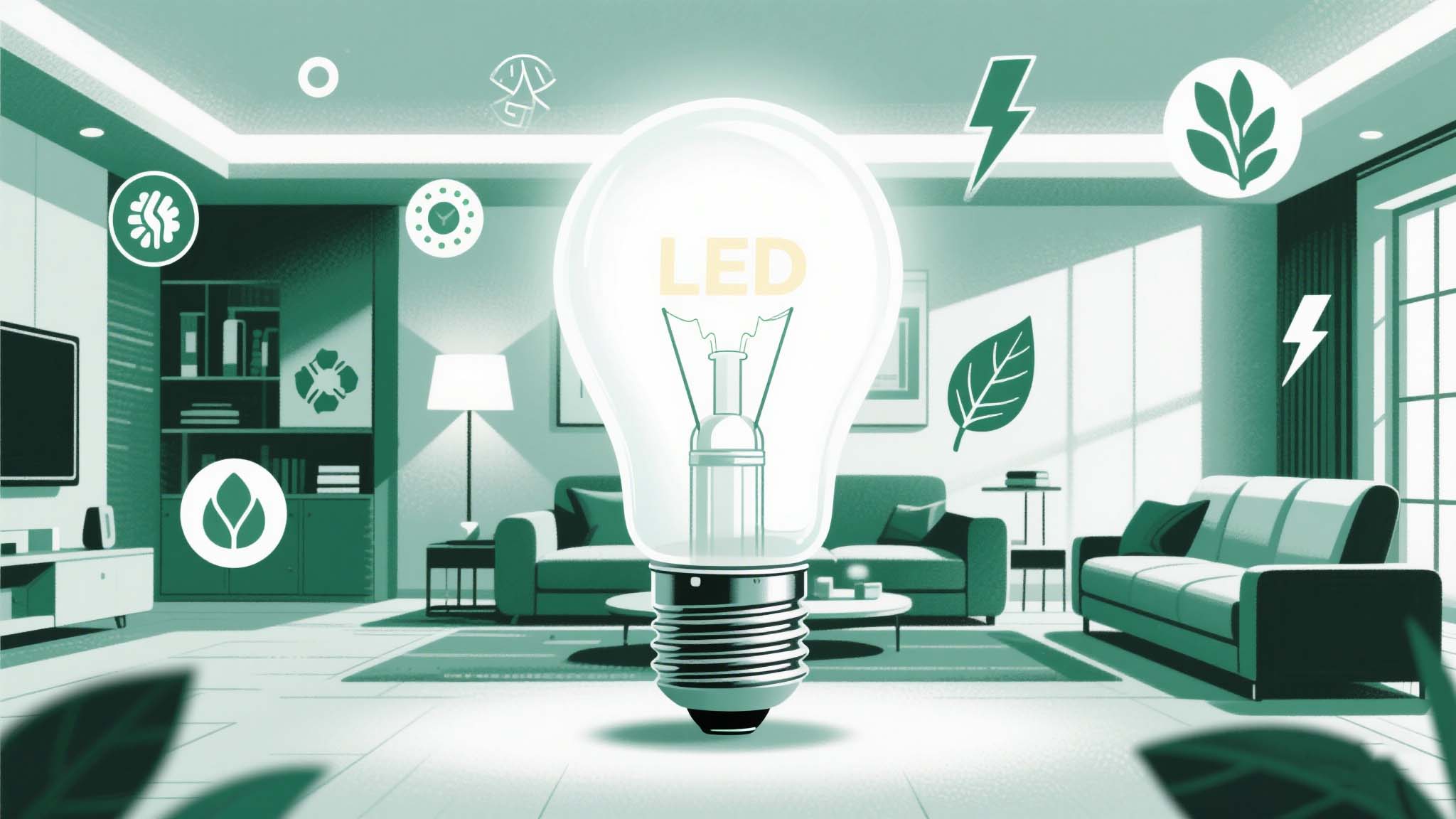Commercial Grade LED Lighting: What You Need to Know
Discover the benefits of commercial-grade LED lighting for businesses. From energy savings to durability, learn why businesses are switching to LED.

Commercial vs Residential LED Lighting
Commercial-grade LED lighting represents a significant advancement over residential options, specifically engineered for business environments. These specialized lighting solutions offer enhanced durability, performance, and reliability to meet the demanding requirements of commercial spaces. Understanding the differences between commercial and residential LED lighting is crucial for making informed decisions about your business lighting needs.
Key Features of Commercial LED Lighting
Commercial-grade LED lighting systems are distinguished by several essential characteristics:
1. Enhanced Durability: Commercial LED fixtures are built to withstand heavy use and harsh conditions, featuring robust construction and superior materials that exceed residential standards.
2. Extended Operational Hours: Designed for continuous operation, commercial LEDs can operate 24/7 without performance degradation, making them ideal for businesses with extended hours.
3. Advanced Safety Features: Commercial lighting systems incorporate additional safety measures, including better heat management, surge protection, and emergency backup options.
4. Premium Materials: Using commercial-grade materials ensures longer lifespan and better performance in demanding environments.
5. Comprehensive Warranty: Commercial LED products typically come with longer warranty periods and better support services, reflecting their higher quality and reliability.
Business Benefits
The advantages of commercial LED lighting extend beyond basic illumination:
1. Energy Cost Reduction: Commercial LED lighting can reduce energy consumption by up to 90% compared to traditional lighting, significantly lowering operational costs.
2. Maintenance Savings: Longer lifespan and reduced failure rates mean fewer replacements and lower maintenance costs over time.
3. Enhanced Lighting Quality: Superior color rendering and consistent light output improve visibility and create better working environments.
4. Improved Safety: Better illumination reduces accident risks and enhances security in commercial spaces.
5. Customer Experience: High-quality lighting creates more appealing spaces that can positively impact customer perception and satisfaction.
Industry-Specific Applications
Commercial LED lighting solutions are tailored for various business sectors:
1. Retail and Showrooms: Specialized lighting enhances product presentation and creates inviting shopping environments.
2. Hospitality: Custom lighting solutions create welcoming atmospheres while maintaining energy efficiency.
3. Office Buildings: Task lighting and ambient solutions improve productivity and employee well-being.
4. Industrial Spaces: High-output fixtures provide reliable illumination for manufacturing and warehouse operations.
5. Outdoor Commercial Areas: Weather-resistant lighting ensures safety and visibility in parking lots and building exteriors.
Return on Investment Analysis
Understanding the financial benefits of commercial LED lighting:
1. Energy Savings Calculation: Detailed analysis of electricity cost reduction based on usage patterns and local rates.
2. Maintenance Cost Reduction: Evaluation of savings from reduced replacement frequency and maintenance requirements.
3. Tax Incentives: Information about available rebates and tax benefits for energy-efficient lighting upgrades.
4. Property Value Enhancement: How LED lighting improvements can increase property value and marketability.
5. Productivity Benefits: Analysis of potential productivity improvements and associated cost savings.
Implementation Considerations
Key factors to consider when implementing commercial LED lighting:
1. Lighting Design: Professional assessment of lighting requirements and optimal fixture placement.
2. Installation Planning: Coordination of installation to minimize business disruption.
3. Control Systems: Integration of lighting controls for maximum energy savings and flexibility.
4. Maintenance Planning: Development of preventive maintenance schedules and procedures.
5. Staff Training: Education of maintenance personnel on new lighting systems and controls.
Conclusion
Commercial-grade LED lighting offers businesses a smart investment in efficiency, safety, and customer experience. The combination of energy savings, reduced maintenance costs, and improved lighting quality provides significant returns on investment. By understanding the specific features and benefits of commercial LED lighting, businesses can make informed decisions that enhance their operations while reducing costs. As LED technology continues to advance, the benefits for commercial applications will only increase, making it an essential consideration for any business looking to improve its lighting infrastructure.